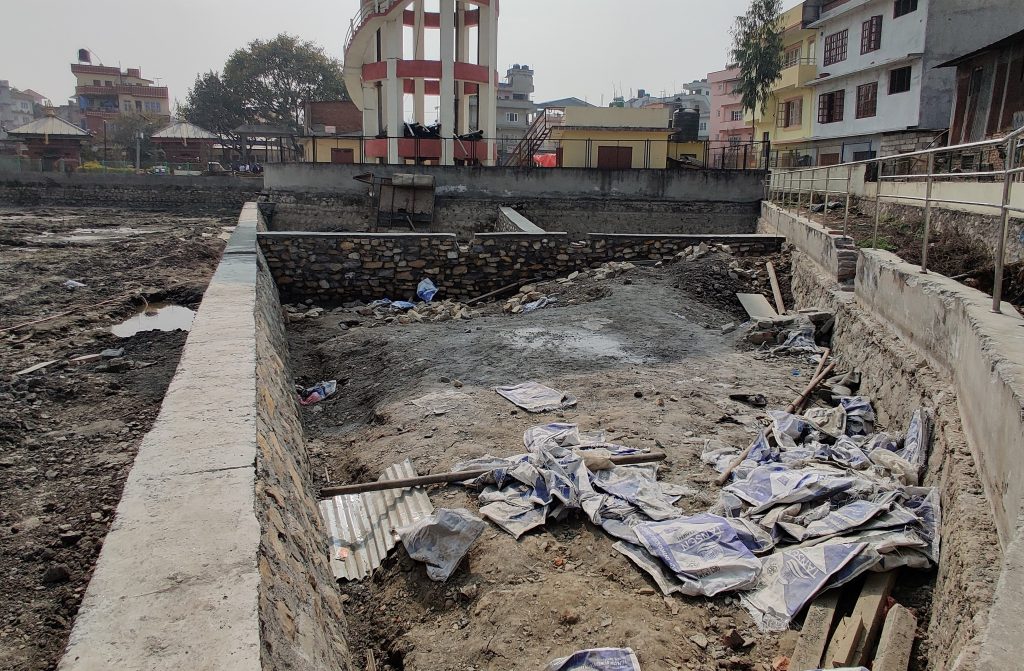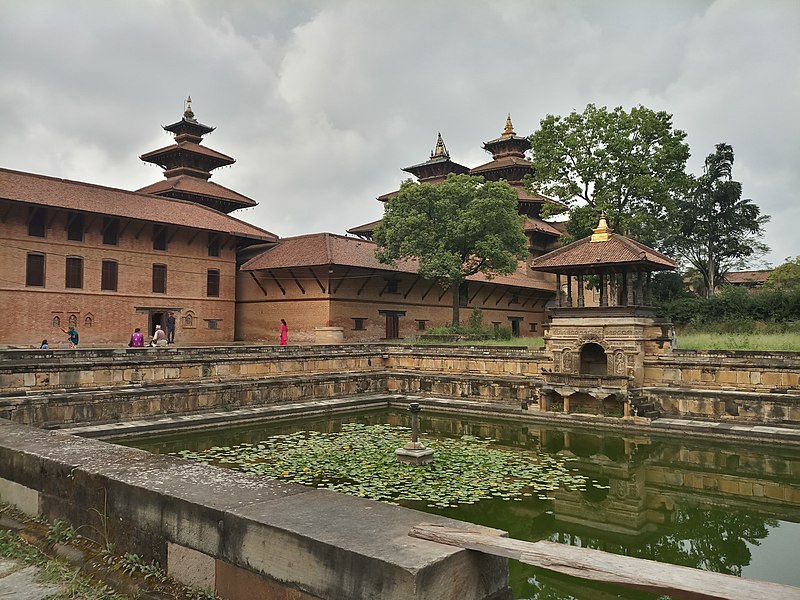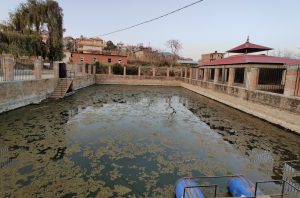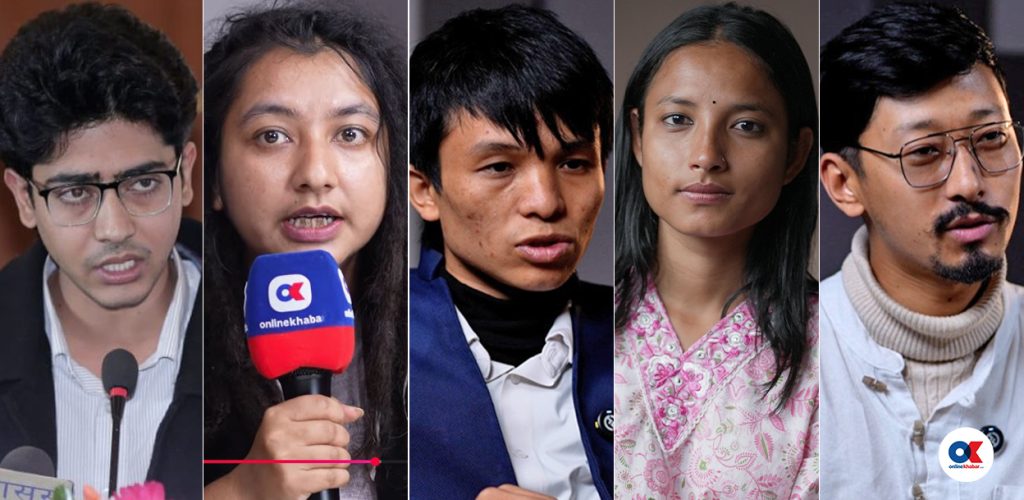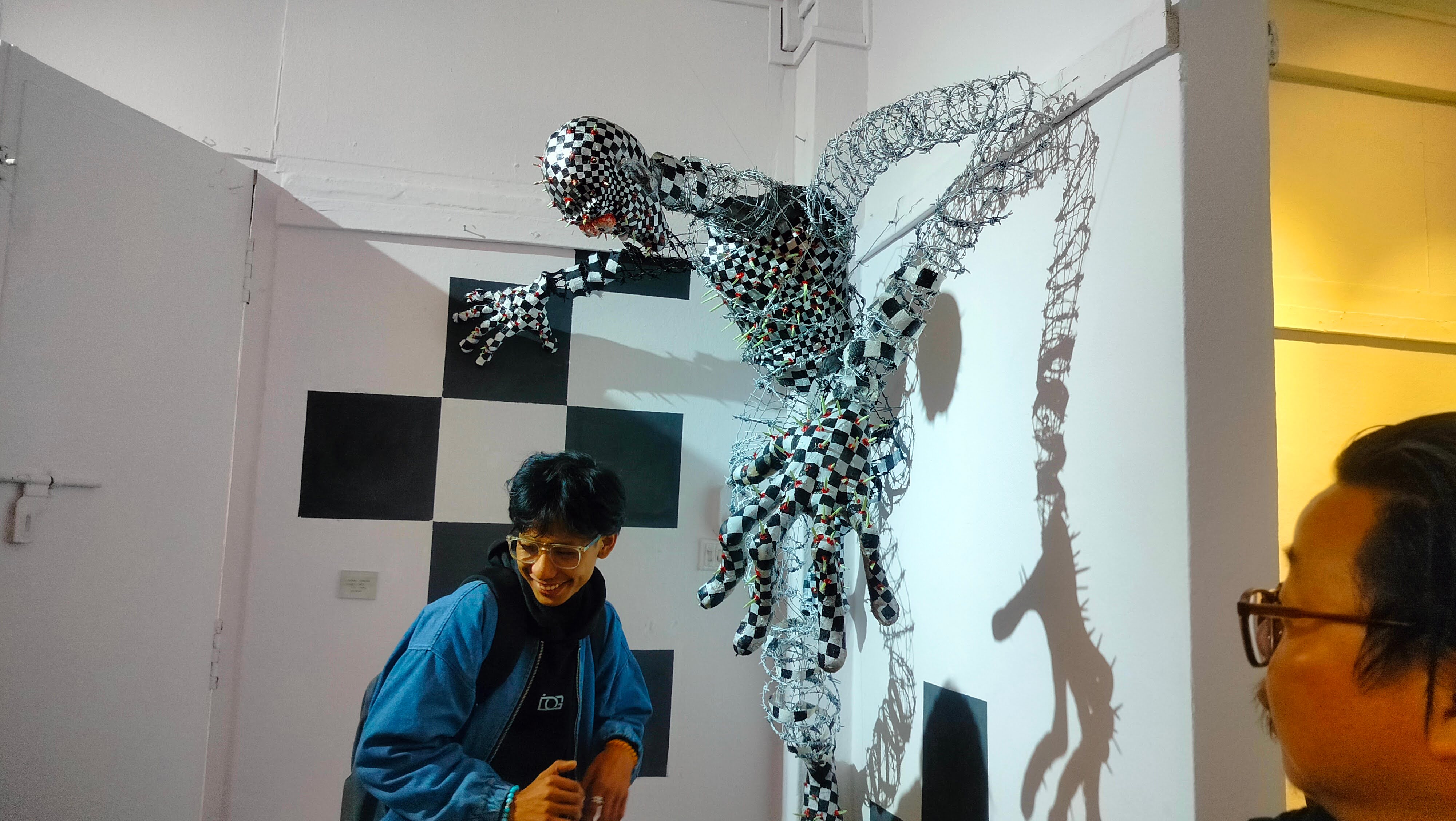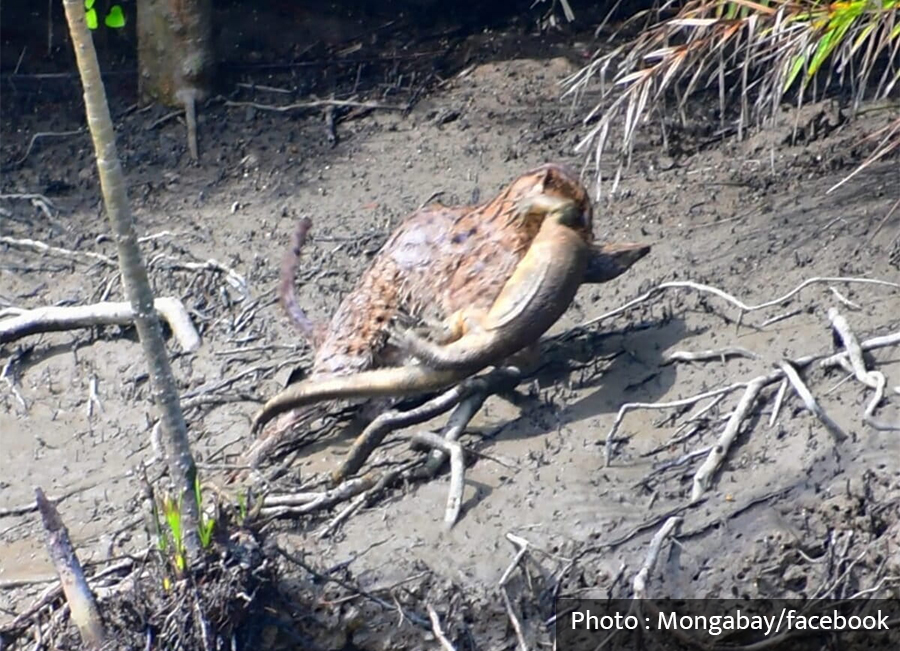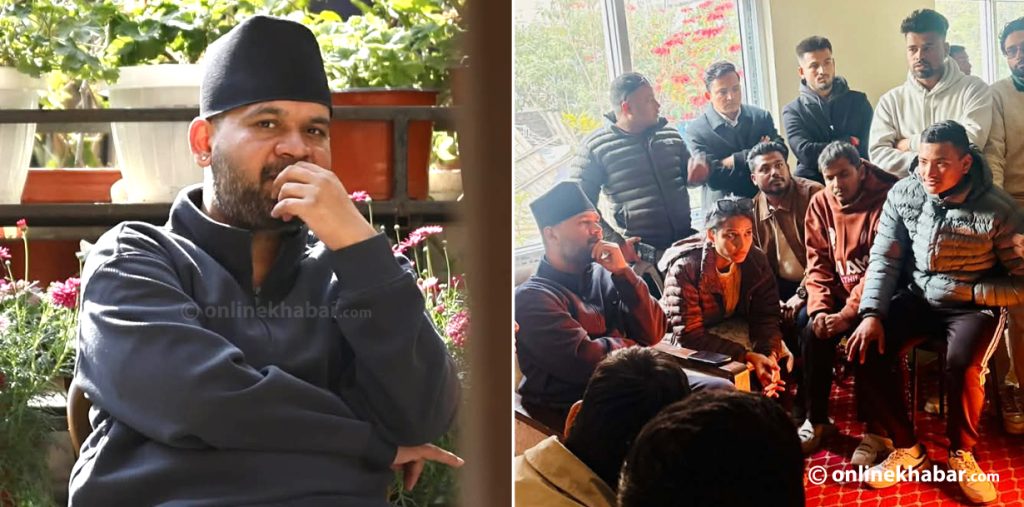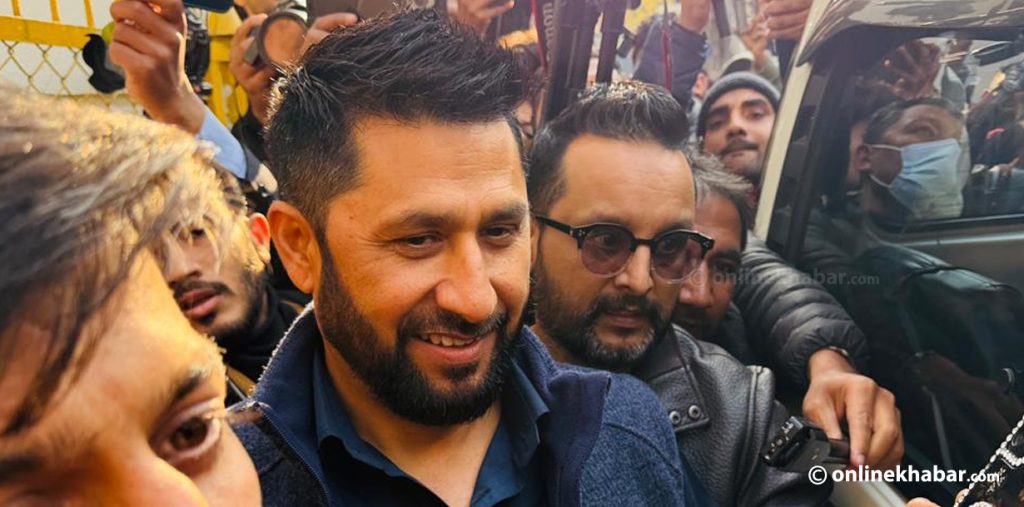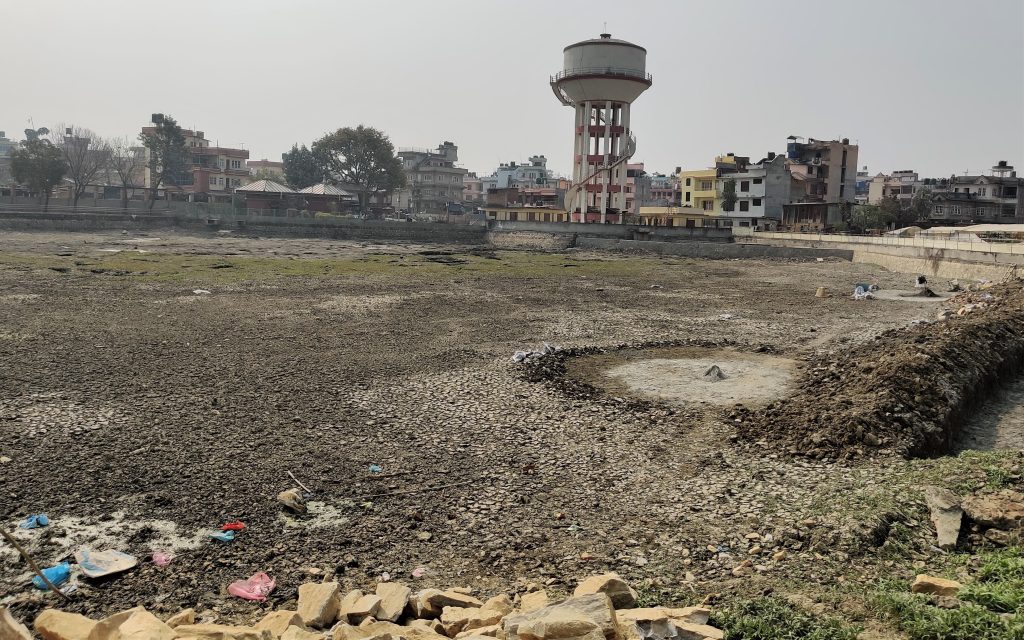
Some five to ten minutes away from the Ring Road, there is a pond in Imadol of Lalitpur that, according to stories, predates the civilisation in the Kathmandu valley. Originally called Ibidaha, which later gave Imadol its name, Bojepokhari is lately starting to get noticed by people who travel to enjoy the natural heritage but it seems the pond has still not uncovered all its cards and enjoyed all the attention it should.
According to locals, Bojepokhari is not just a pond; it is also a testament to the community’s resilience and commitment to preserving its heritage. It is a reminder that the environment and its conservation are the responsibility of the locals who are now trying to give the pond a new outlook and draw the right attention to the water body.
“Heritage and stories are an essential part of a community’s identity. They tell us about our past, our culture, and the values we hold dear. Without them, a community would lose our sense of belonging and understanding of who they are as people,” Amir Raj Thapa, a local who has seen the pond in its glory and grown up playing on the premises of the pond, says, “That’s why it’s important to pass on these stories and traditions to the next generation.”
Myths and beliefs

The locals believe that Bojepokhari or Ibidaha is one of the earliest natural ponds that formed with the creation of the Kathmandu valley, after Lord Manjushree cut down the hills at Chobhar to let the water entrapped within the hills of the valley flow, as per the Swayambhu Puran.
“Ibidaha is one of the major as well as ancient ponds in Kathmandu together with Taudaha, Indradaha and Nagdaha that still exist. It is said that the four dahas share the same heavy influence of nagas (snakes/serpents) and stories about their origin,” adds Thapa. It is also connected to the Vishnu temple in Panauti, a heritage town in Kavre on the eastern side of Kathmandu.
According to local leader Pandu Giri, stories also suggest that during the Makar Mela, a month-long cultural held in Panauti every 12 years, the serpent king from Taudaha would travel on the cloud and come to Bojepokhari. “On that day, strong winds are experienced and the sky turns cloudy and a wave of unseen force can be seen which would trample all the maize fields on its way,”
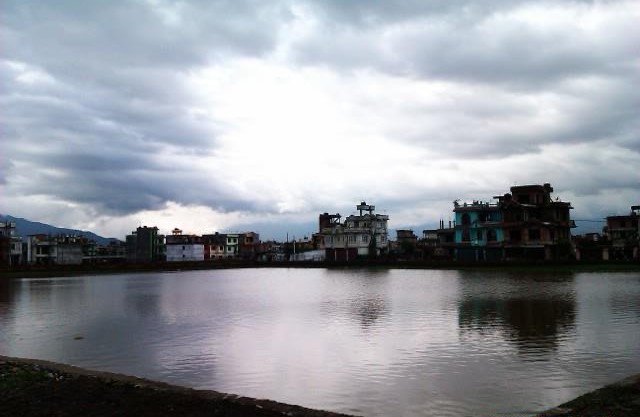
Meanwhile, another myth related to Bojepokhari has given a hint about the locality’s ethnic composition. “There are stories that say that a Bahun (Brahmin) priest used to worship a snake god with a golden head there daily. As dakshina, the priest used to get an ounce of gold every day,” Arjun Bista narrates, “But when the priest got sick, he ordered his son to perform the rituals. But seeing that the snake gave the golden specks, the son turned greedy and bashed the snake’s head with a bamboo stick, to get the gold at once, and not just the specks every day. After that, it is said the snake cursed the location so that bamboo plants and the Bahun communities would not flourish in the area.”
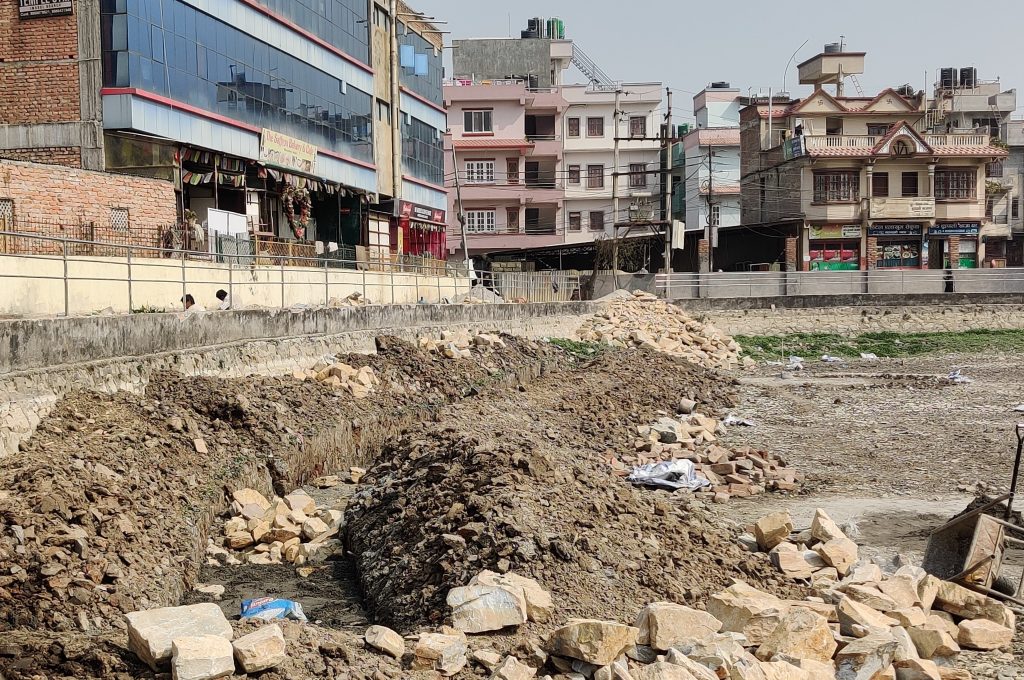
The mystical pond is not related to just that one story. Local Devaki KC explains, “When any family required utensils for their events like weddings and puja, if the families prayed, the next day, the pond would give them all the necessary utensils and the people would clean the utensils and return them. But once, a family that did not respect the pond, and returned them without cleaning it well, which angered the deity and everything stopped.”
Yet, there is no reliable evidence to prove the origin of Bojepokhari as locals share that they have not found its mention in the scriptures. Local Jagannath KC says the locals once did find five idols from the pond premises. For protection, the locals submitted them to the police station, but they got lost or are, so far, unaccounted for. B
Importance in livelihood
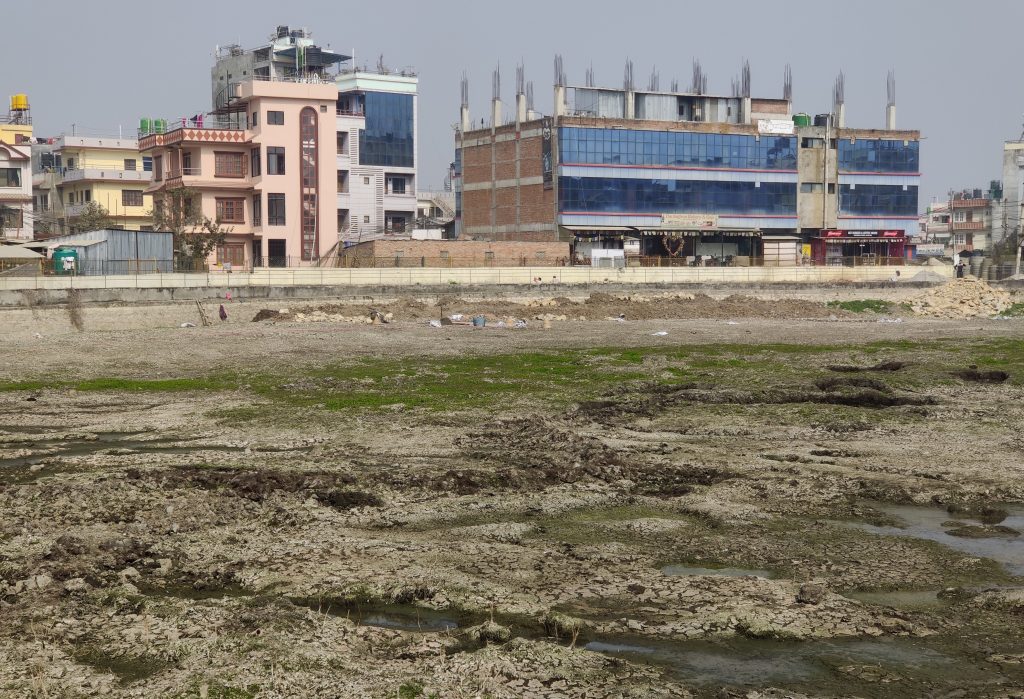
Apart from being a part of the locals’ rituals and the natural heritage, Bojepokhari during dry seasons is a common place for children to play, do their daily exercises and participate in various sports like latthi kaasa, cricket, and football.
Local Pawan Bista even claims, “The first national cricket team was formed here. The pond was also the playing field for former national skipper Paras Khadka.”
However, the pond was not just a place for entertainment but was deeply connected to the lives and livelihood of the people. Devaki KC shares, “The bojo plant in the pond, which gave it its name, was helpful for anyone with throat problems. The water from the pond was used for daily and household chores, irrigation, for cattle and even while making houses. And it was believed that if children were bathed in the four corners, they would stop being fussy.”
Jagannath KC adds, “I used to rear ducks in my house that time, and they would go to the pond, lay eggs and roam around, it has given us a lot.”
However, when people try to exploit the pond or gain any commercial benefit from it, the pond has always backfired.
“One tried to take the bojo plant and sell them in the market, another took out the soil from the bed and used it in brick kilns. But those families saw misfortunes like family members dying or developing some physical or mental disabilities as well as big losses, financial or reputation-wise,” Devaki shares.

And this unusual phenomenon also did not spare King Mahendra. Locals claim in the late 1960s, King Mahendra wanted to commercialise fishery in Bojepokhari. But the army that worked on his orders also fell sick while the Shah rule also saw subsequent misfortunes, share the local residents.
Human encroachment and impacts
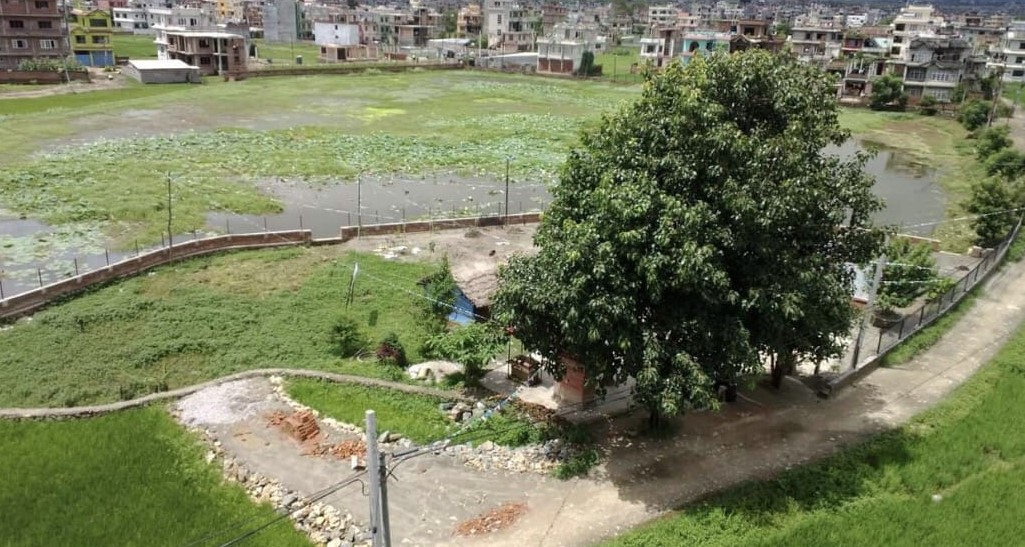
Despite preservation efforts by the locals, Bojepokhari continued to bear the brunt of human encroachment. Maybe the most evident proof of encroachment is the pond’s area itself. KC shares that the pond covered an area of over 25 ropanis (around 12,700 square metres), but today, it has shrunk to around 60 per cent of it.
It was once a pond filled with green bojo/boje plant (Acorus calamus). It was the hub for wetland birds; many colourful local and migratory birds were a common sight. But all that is now lost. “The wide range of birds also meant that the pond became a good hub for hunters. The VIPs would come to hunt birds, and give us money to swim and collect the struck-down birds,” shares Arjun Bista.
Attempts to preserve the pond started in the early 1990s. However, locals share there have been some hits and misses. But, a new user committee has now joined hands with the Kathmandu Valley Water Supply Management Board and the Mahalaxmi municipality to reconstruct Bojepokhari. They are also reintroducing boje and lotus plants into the pond with a separate section on its southwest corner.
